Your vital organs—screened
Scan your body for potential cancer and 500+ conditions in up to 13 organs.




Our scan is designed to















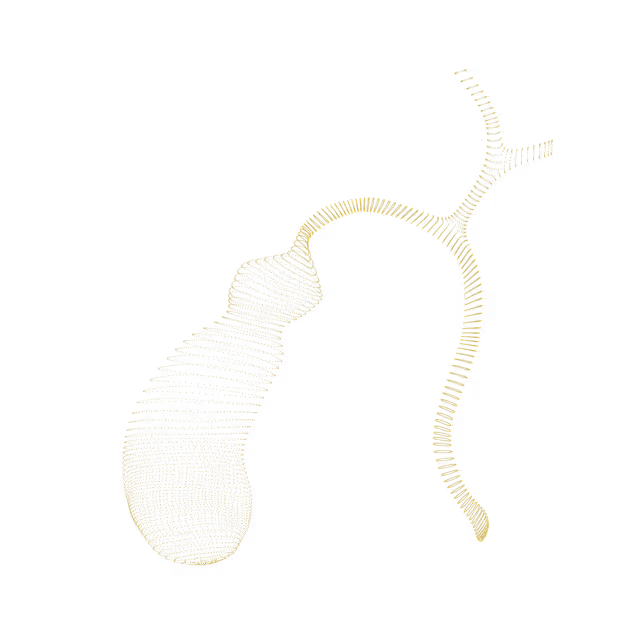
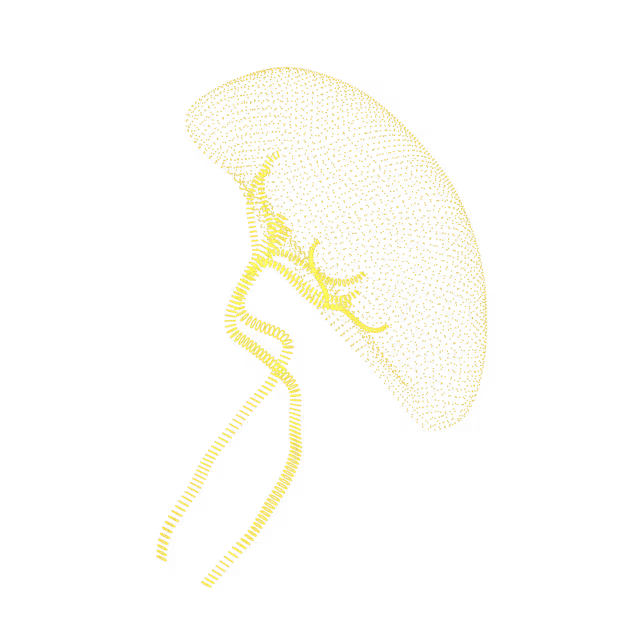

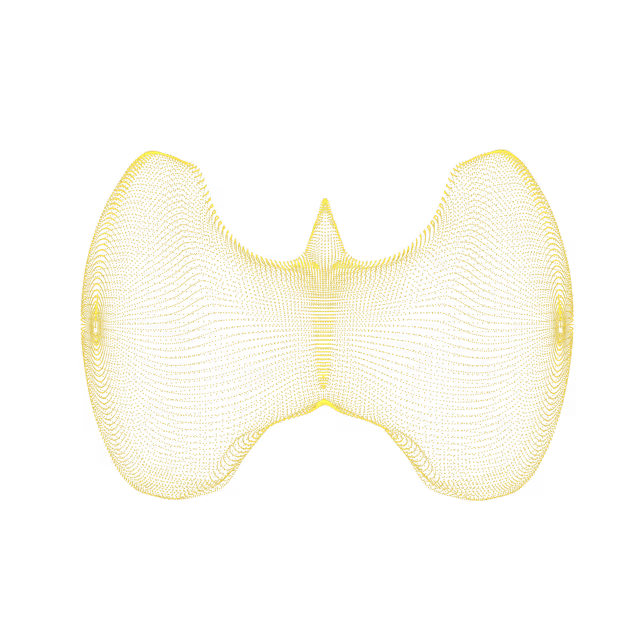

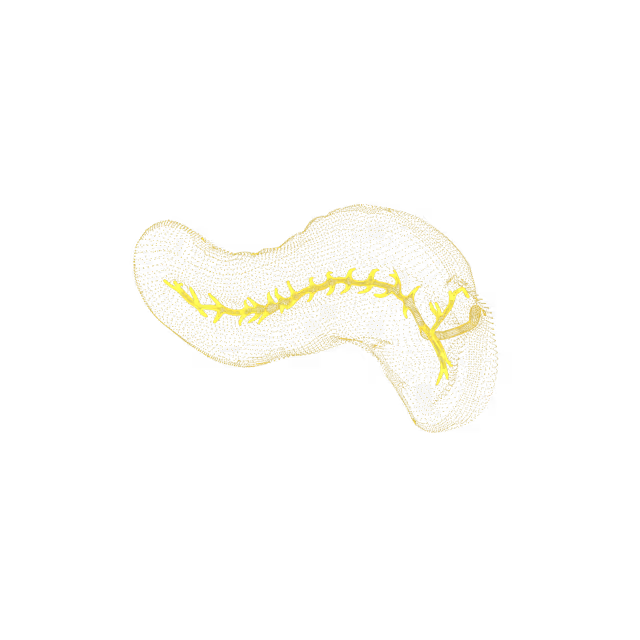
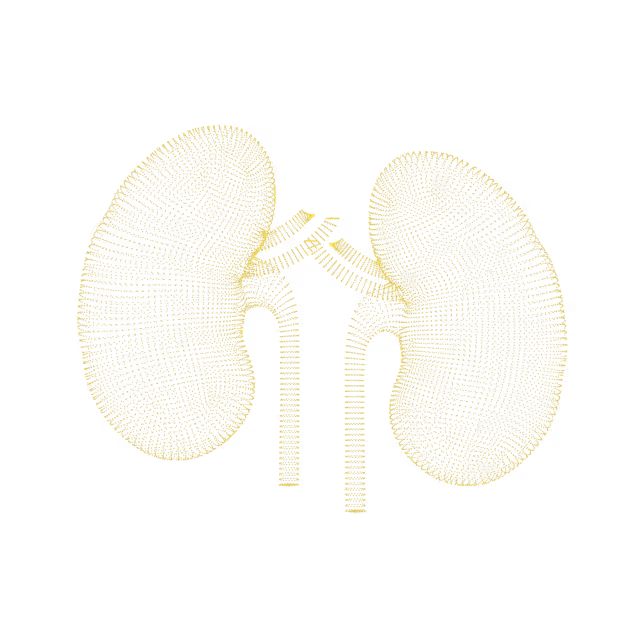
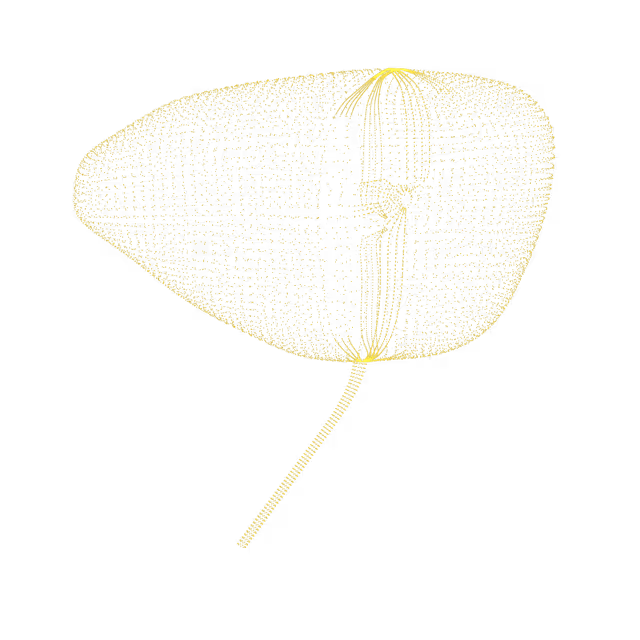
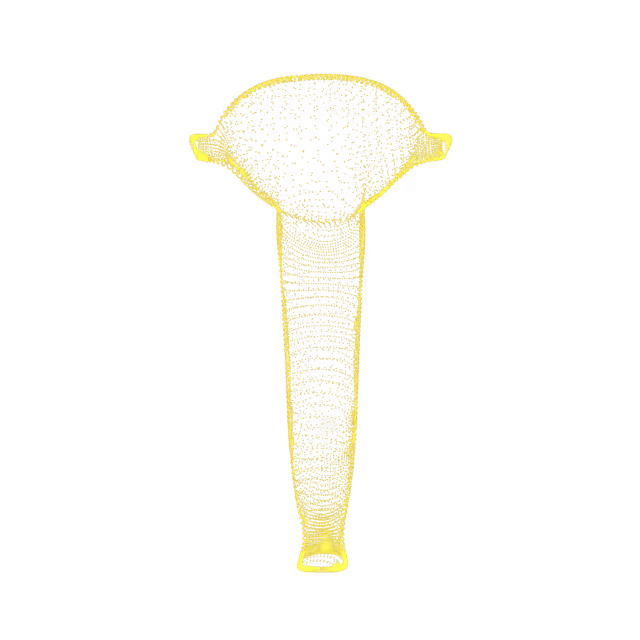
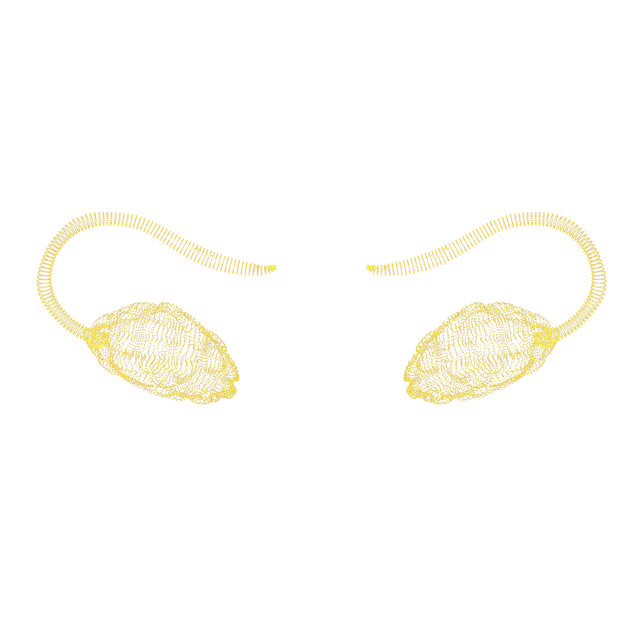
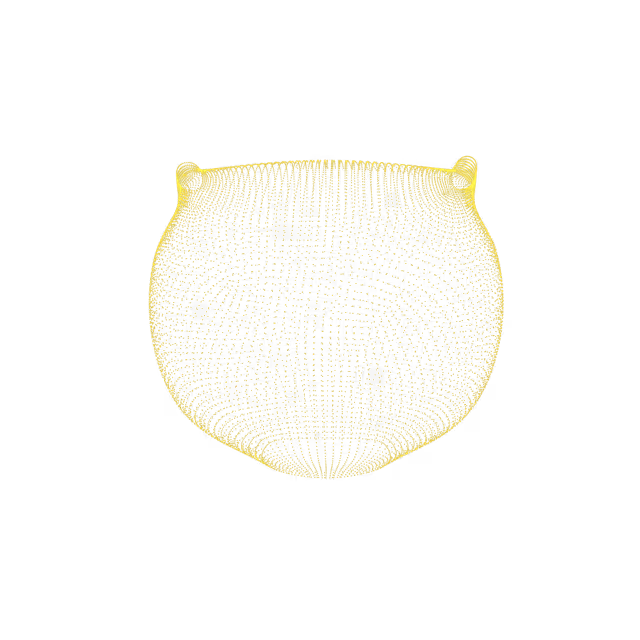

Sometimes there is a finding in an organ that is found in passing and is too small to get a clear view from the scan images. This makes it difficult to provide a diagnosis of the finding. There is an incompletely characterized lesion of the kidney. Usually, this finding is a cyst (pocket of fluid) - a common, benign (non-cancerous) finding.
The kidneys filter the blood (remove wastes and fluid from the body) and produce urine. Sometimes if a kidney gets injured (e.g. trauma, severe kidney infection, uncontrolled blood pressure or chemical toxin), a scar can form. Kidney scarring can be associated with suboptimal kidney function.
Complex kidney cysts can have internal walls (septations) and/or thickened walls, solid components (nodularity), or debris containing fluid. The primary clinical concern is accurately distinguishing simple renal cysts from complex renal cysts, which are associated with an increased risk of malignancy (cancer).
Abnormal kidney rotation refers to an anatomical variation in the position of the kidneys, in particular to a change in the orientation of the renal hilum. The hilum is the concave part of the bean-shaped kidney where blood vessels, nerves and ureters (the narrow tube urine travels down from the kidneys into the bladder) are located. Before birth, the kidneys normally pass through a complex series of developmental steps when they change position and orientation. Malrotated kidneys occur when these steps do not occur in the usual way. Malrotation of the kidneys may occur with one kidney or both.
A lobular kidney has a surface that does not appear completely continuous. This usually occurs during fetal development when the parts that fuse together to make up the kidney do not completely fuse. Another possible cause is from past damage to the kidney causing scar tissue.
Ureters are long, narrow tubes that drain urine from the kidneys to the urinary bladder. The distal ureter describes the portion of the ureter from the lower border of the sacrum (the shield-shaped bone that forms the back part of the pelvis) to the bladder. Dilatation (ectasia) is the expansion or widening of the ureter. Dilatation of the distal ureters is a nonspecific finding (meaning it is difficult to say what caused it) and it may be a normal finding (physiologic) due to a series of muscle contractions (peristalsis) to move urine from the kidneys to the bladder.
Caliectasis occurs when there is excess fluid in your calyces (cavities in which urine collects before it flows into the urinary bladder). Causes of caliectasis include blockage/obstruction in the kidneys, cysts, tumors, kidney stones, urine buildup (hydronephrosis), and urinary tract infections.
“Milk of calcium” is a term to describe the condition when calcium deposits form inside a kidney cyst. These findings are likely benign (non-cancerous), but rarely, a simple cyst can enlarge, cause a dull pain in a person’s back or side, or become infected causing fever.
Normally, kidneys are about the size of a fist or 10-12 cm (about 5 inches). The kidneys are generally close to each other in size with the size difference generally less than one centimeter in length. The right kidney is commonly slightly bigger than the left, but some individuals are born with a larger left kidney than the right.
The renal cortex is the outer layer of the kidney. Kidney atrophy means that the kidney is smaller than normal.This can happen for two basic reasons. The first is that part of the kidney does not develop completely from birth (called a congenital problem). This type of kidney atrophy or small kidney usually does not need any special treatment. The second type happens after birth, and can occur in one or both kidneys. This type of kidney atrophy is due to a lower blood supply (i.e. ischemia) to the kidney(s) and/or loss of nephrons, the basic working units of the kidneys.


© 2025 Ezra